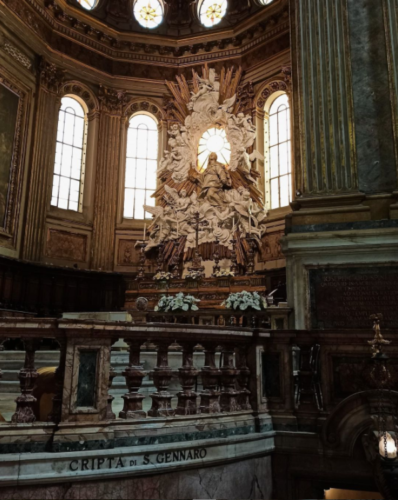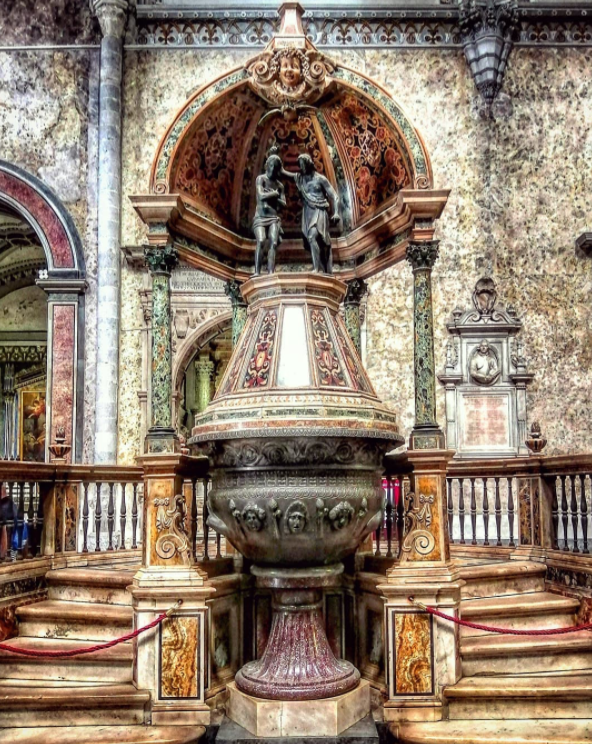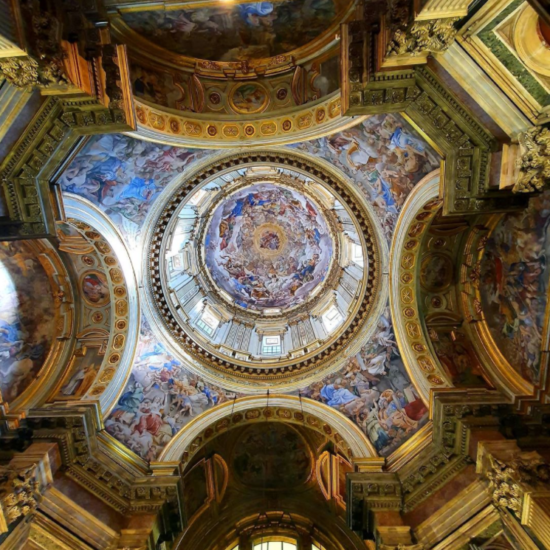Duomo di Napoli
Paying your respects to the Duomo di Napoli, the main cathedral of the city is a tribute to the city’s history. The monumental Duomo di Napoli, the Cathedral of San Gennaro, overlooking Via Duomo is the most impressive basilica in the city, one of the main pillars of its long historic course. It is the cathedral of the archdiocese of Naples where the relics of San Gennaro are kept.
The cathedral is dedicated to Our Lady of the Assumption and the Patron Saint of Naples San Gennaro. It is a place where all the artistic and historical eras of sacred Naples can be found. The Cathedral stands where the Temple of Apollo stood in the Greek-Roman era, later replaced by the Basilica of Santa Restituta in the 4th century, and by the Basilica Della Stefania in the 5th century.
Inside the Basilica of Santa Restituta, there was the oldest Chapel of Santa Maria del Principio, which was the first Christian oratory in Naples, and the Baptistery of Giovanni in Fonte, which today represents the oldest baptistery in the West.
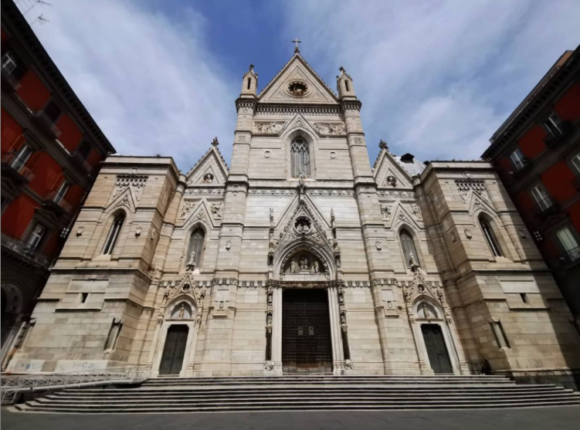
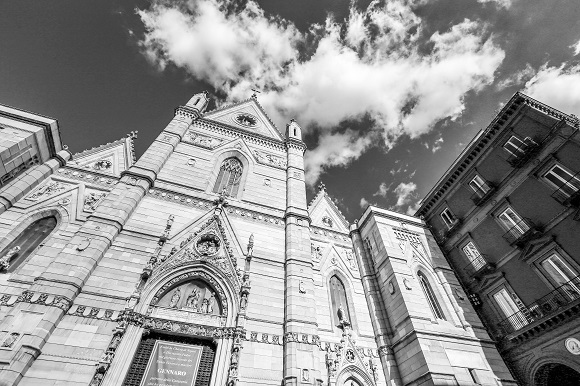
The construction of the Cathedral of San Gennaro (or Cathedral of Santa Maria Assunta) began in the thirteenth century by the will of the Angevin king Charles II of Naples. The project involved building the new structure around the Baptistery of San Giovanni in Fonte and the Basilica of Santa Restituta.
In the beginning, the artists involved were mainly of French origin, but soon the work was entrusted to representatives of local or Italian art. Finally, in 1314 the Cathedral was solemnly dedicated to the Assumption by Archbishop Umberto d’Ormont.
The history of the Cathedral is very troubled, already in the century following its construction, in 1349, an earthquake destroyed the bell tower and the facade. The latter was erected again in the 15th century, this time in the Gothic style, but bad luck fell again on the new basilica which, in the middle of the century, saw parts of the central nave collapse following another earthquake.
The nave was also promptly rebuilt, leading the cathedral towards the embellishments that will characterize the years between the 15th and 19th centuries. Already at the turn of 1500, the Succorpo Chapel was built, embellished with decorations by Tommaso Malvito. A century later, however, Francesco Grimaldi built, right in front of the Basilica of Santa Restituta, the Royal Chapel of the Treasure of San Gennaro to honor the vow that the Neapolitans had entrusted to the saint during the plague of 1526.
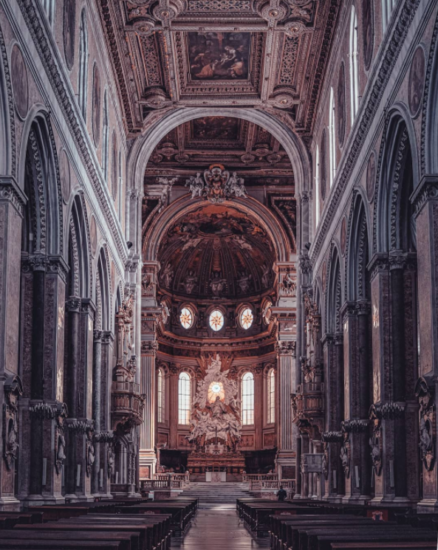


About a century later, in 1621, the trussed roof was covered by a wooden coffer, while between 1688 and 1708 the Cathedral underwent a restructuring of all those parts damaged during various earthquakes. Other decorations (in stucco and marble) in the Baroque style were added in 1688, while in 1932, again in the renovation project, the transepts and the apse were rebuilt.
A few years later, in 1788, the nave was also renovated and built in a style that is very reminiscent of the Gothic one. Thus, even the façade was revised in a neo-Gothic style by the architect Enrico Alvino.
During the Second World War, some Allied bombings damaged the Basilica, and, for this reason, other restorations were necessary between 1969 and 1972. During these works, some excavations brought to light ancient Roman Greek and early Middle Ages remains which allowed also bring to light of the wooden coffer of the sixteenth century.
